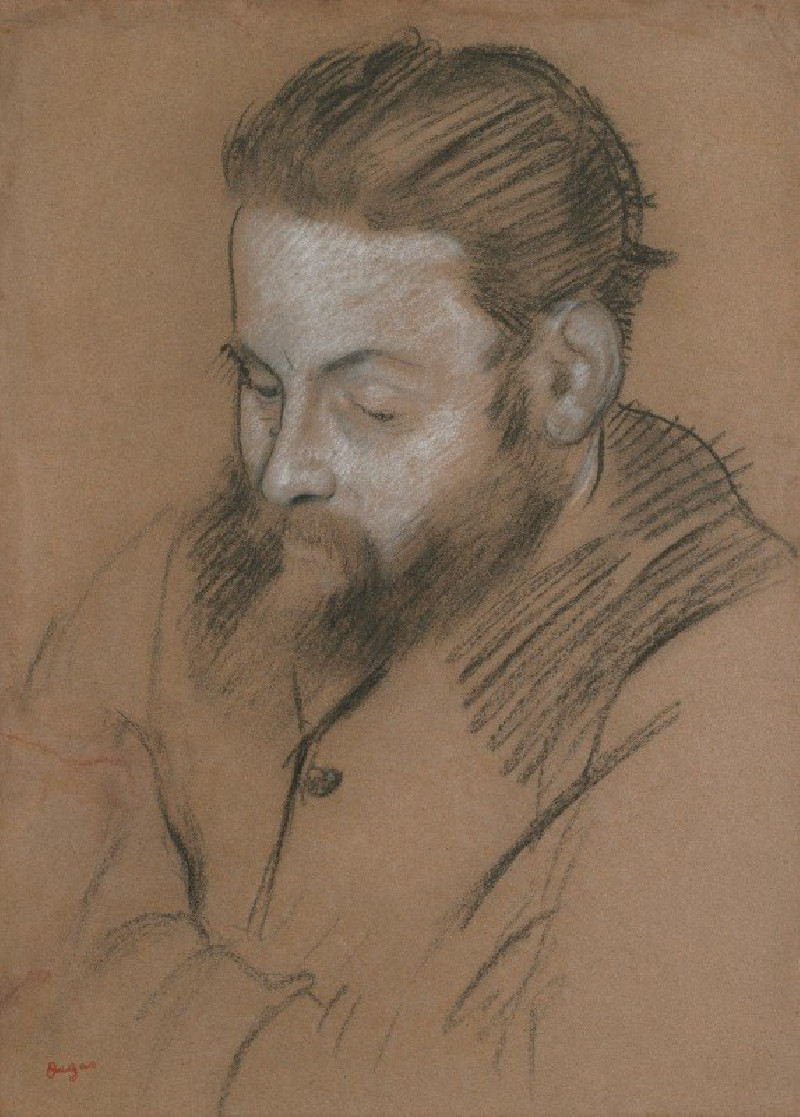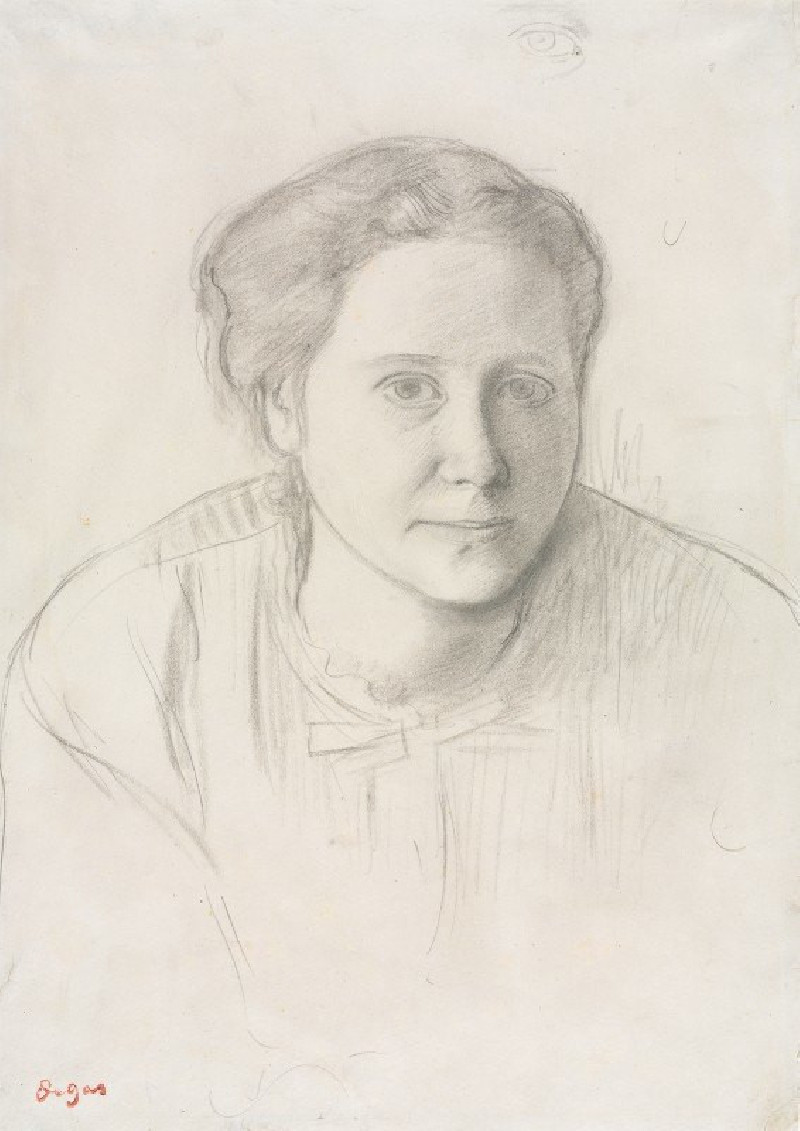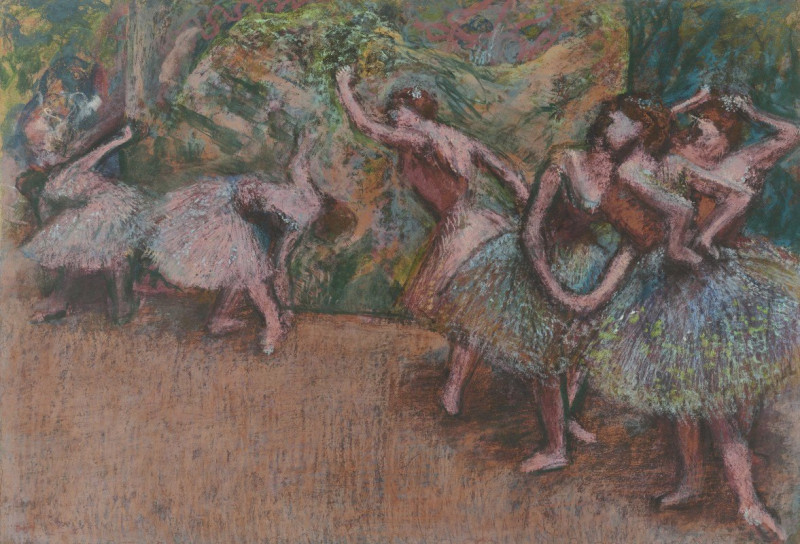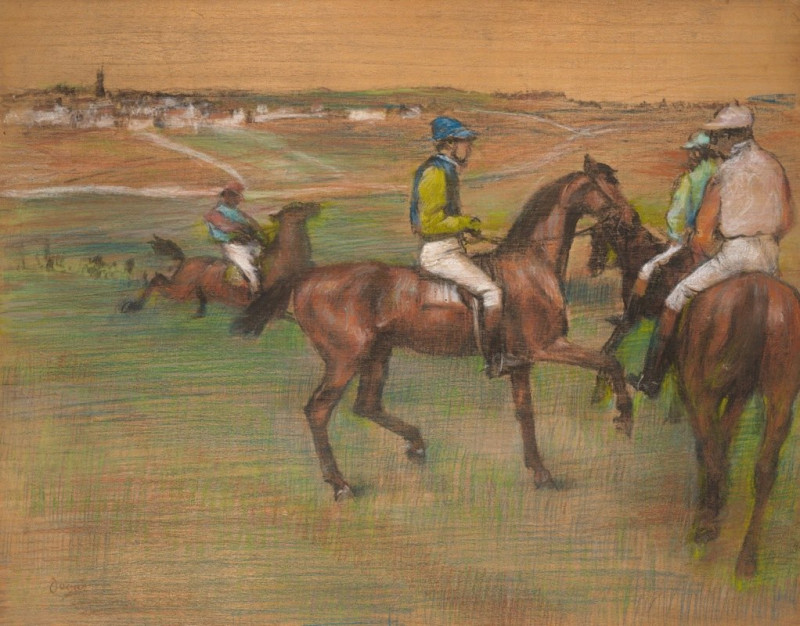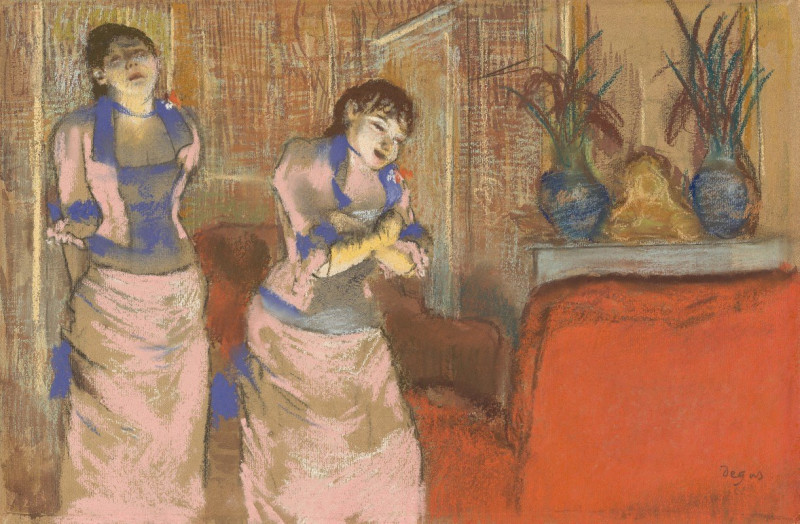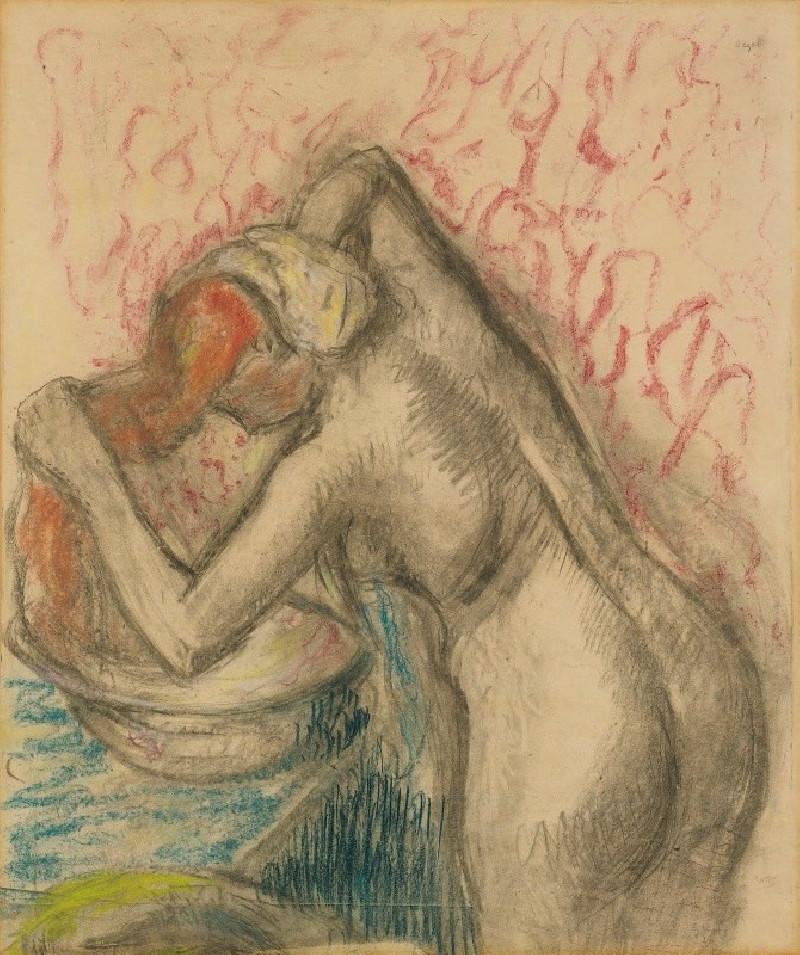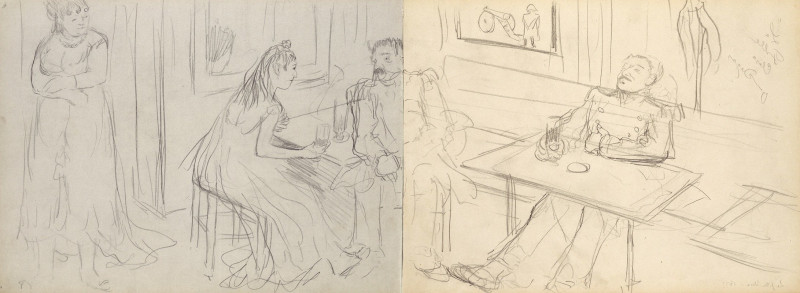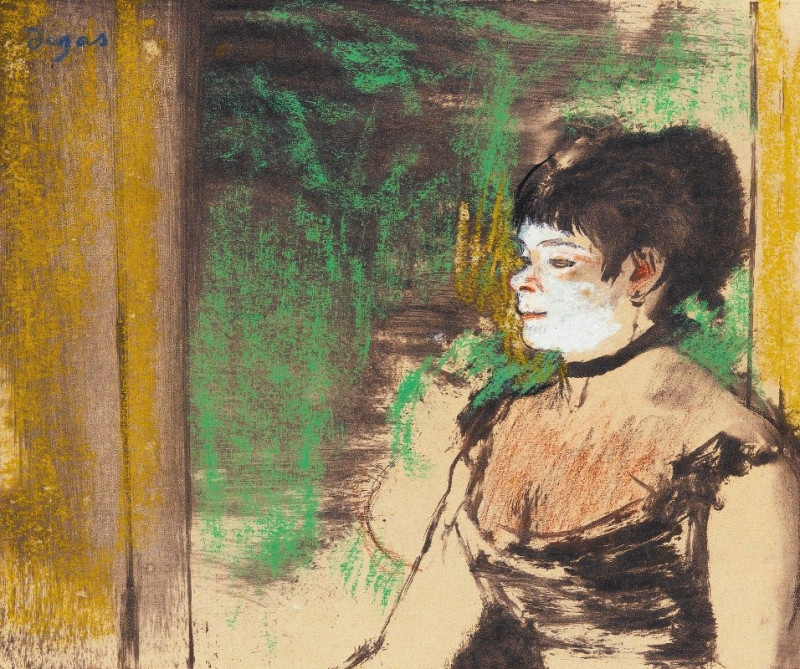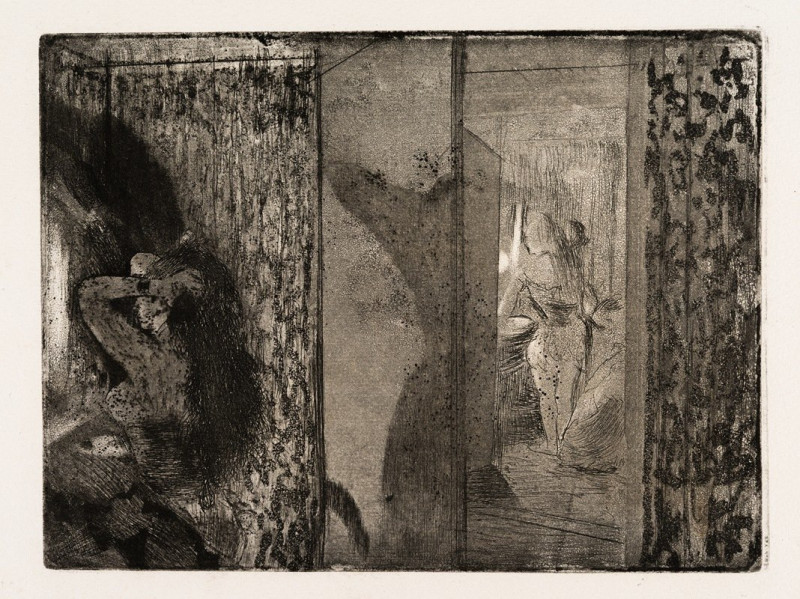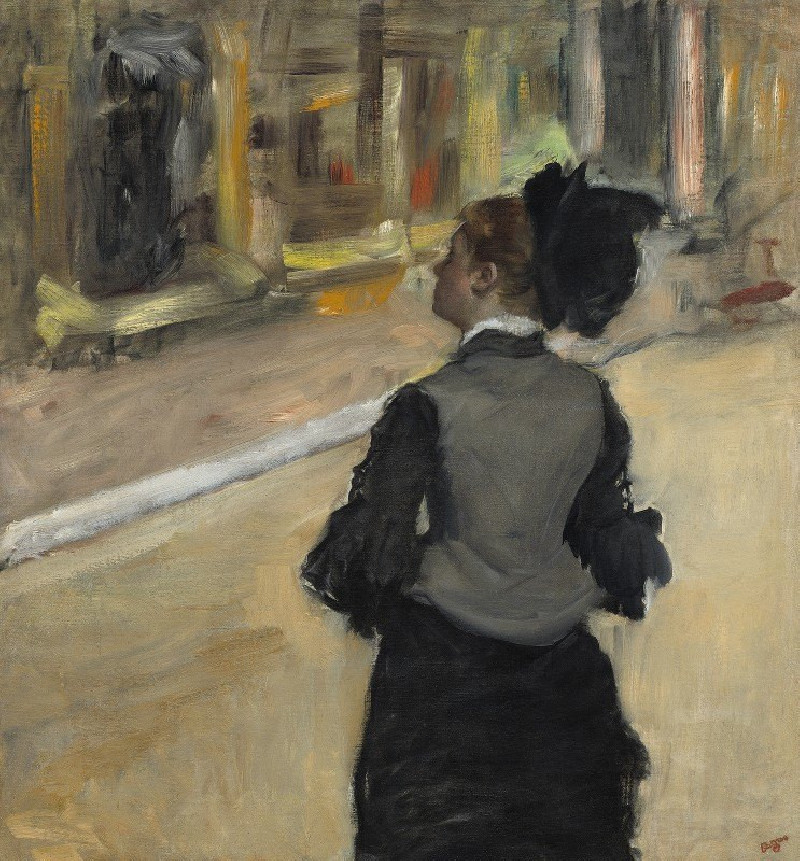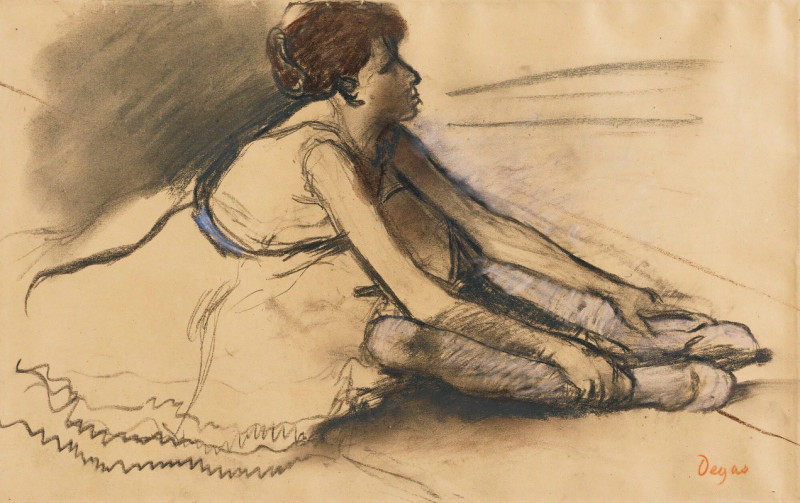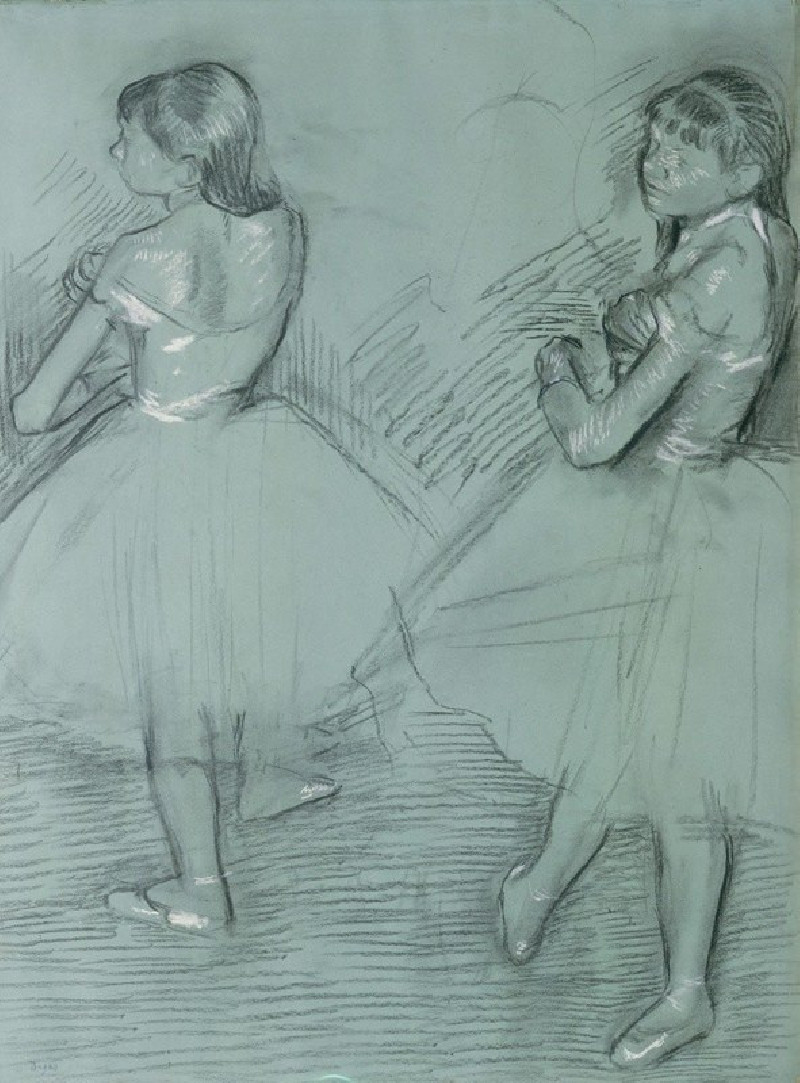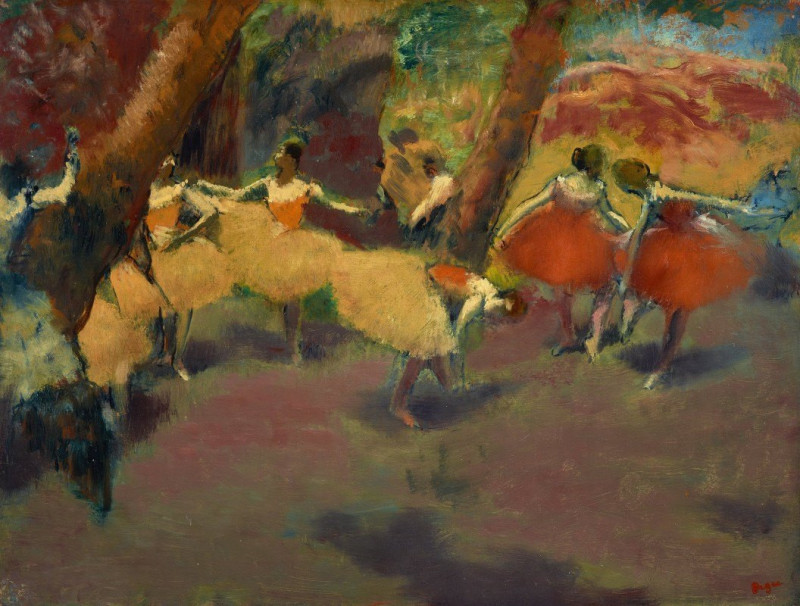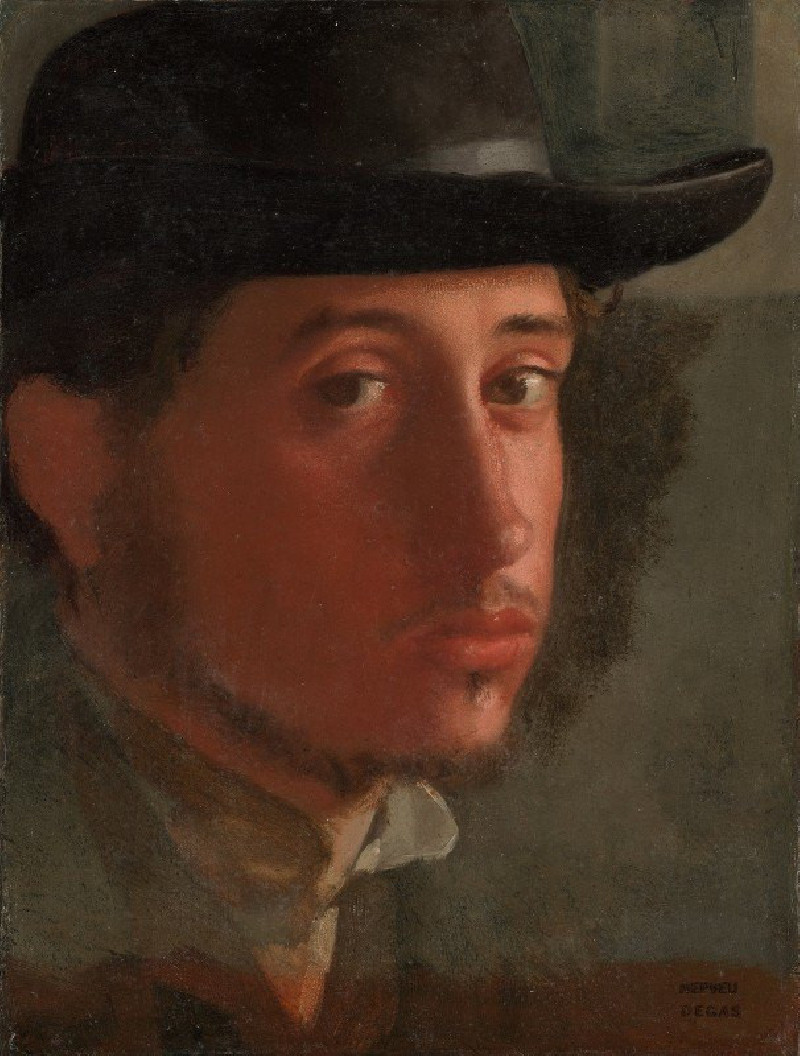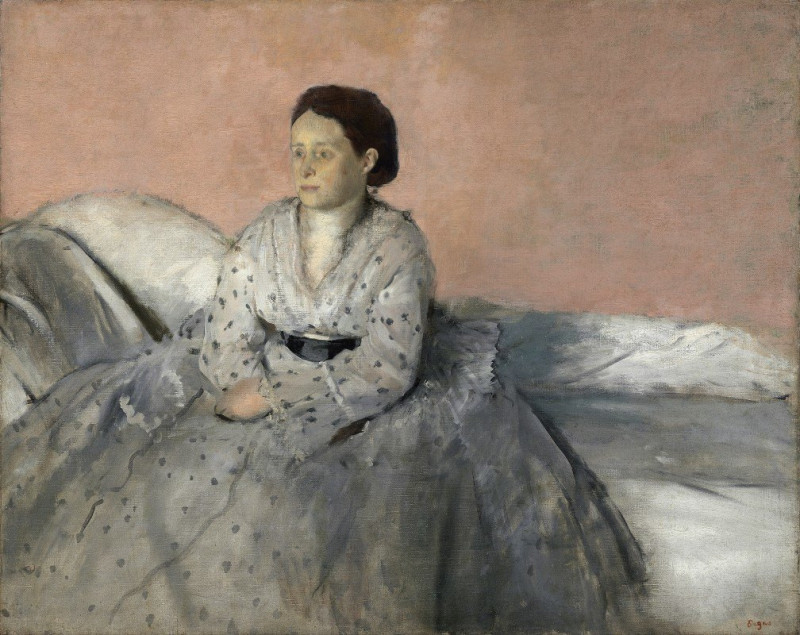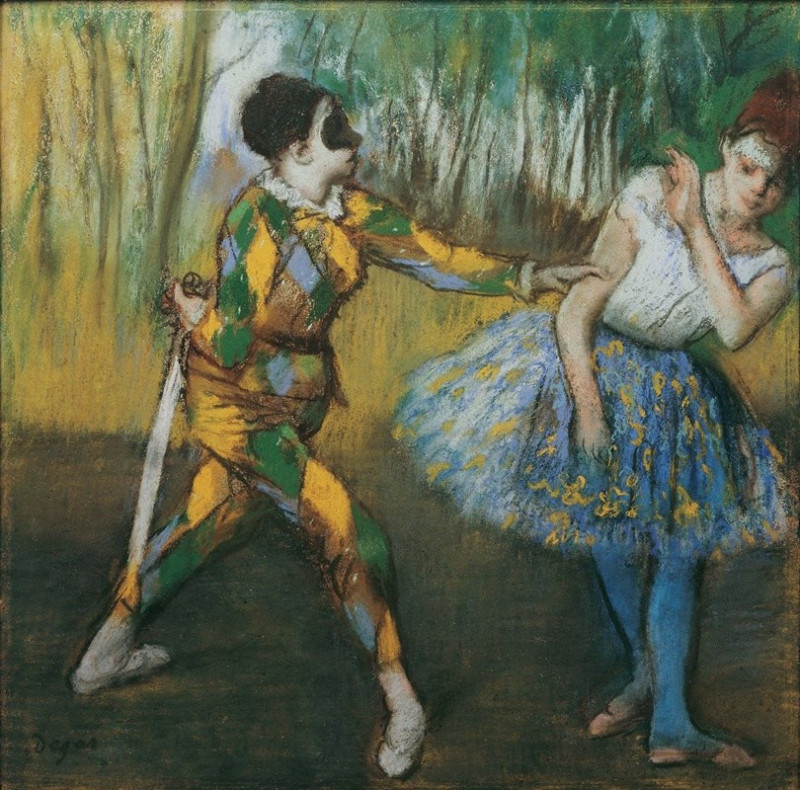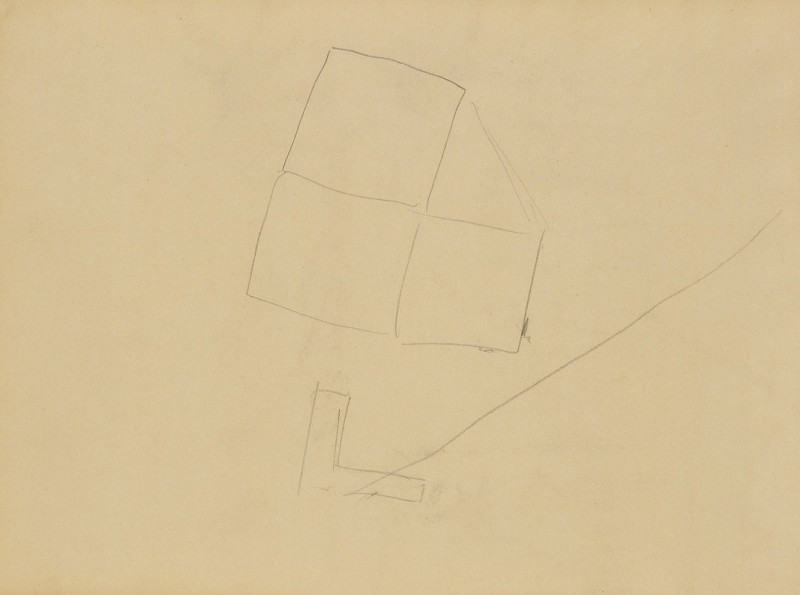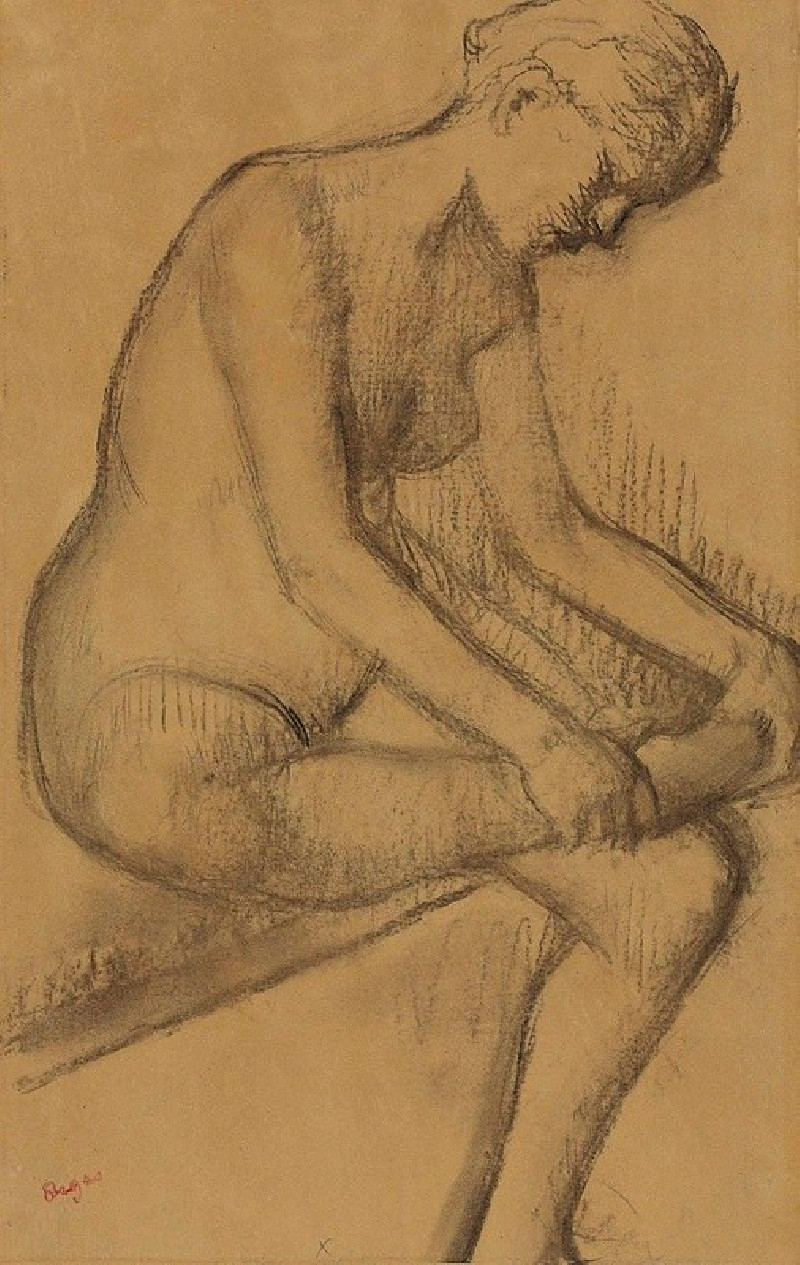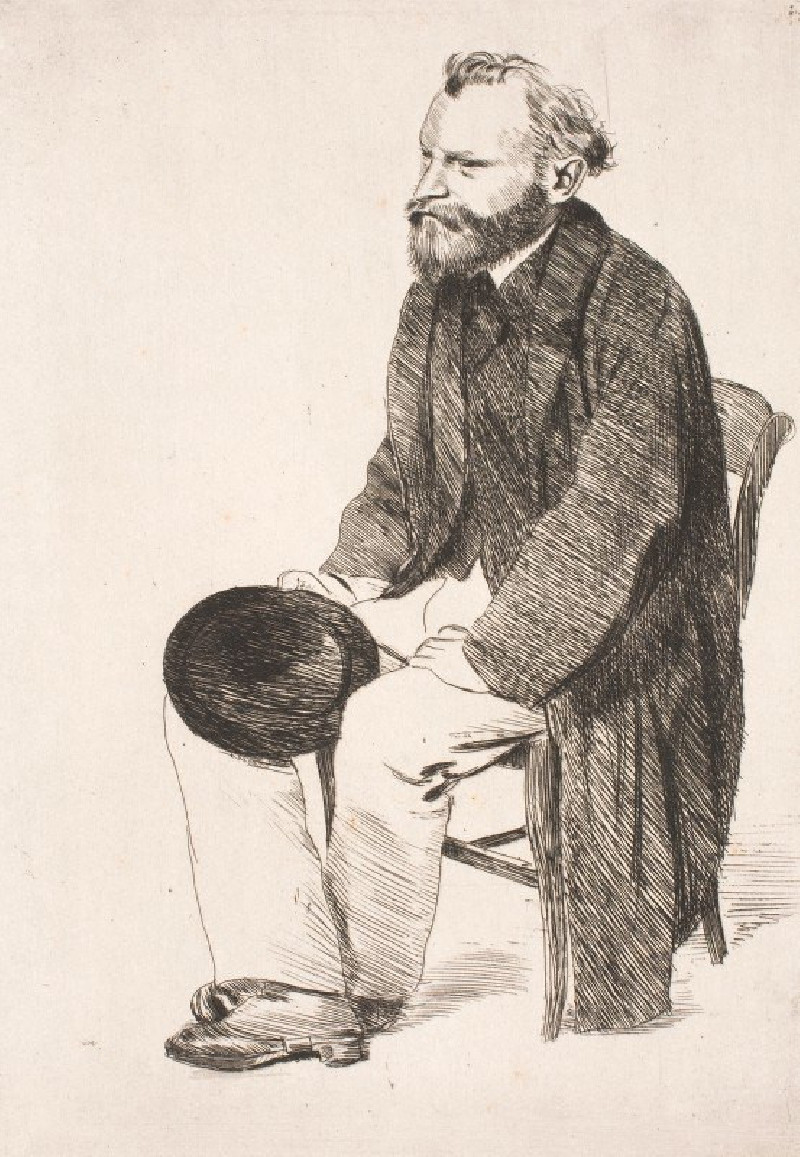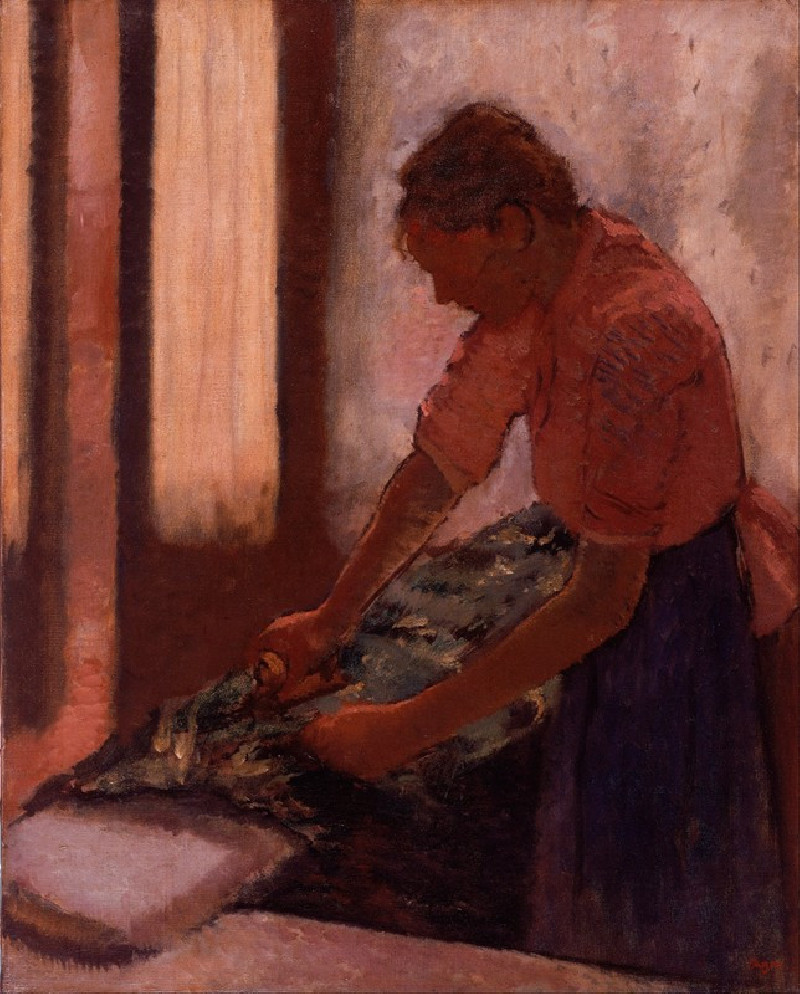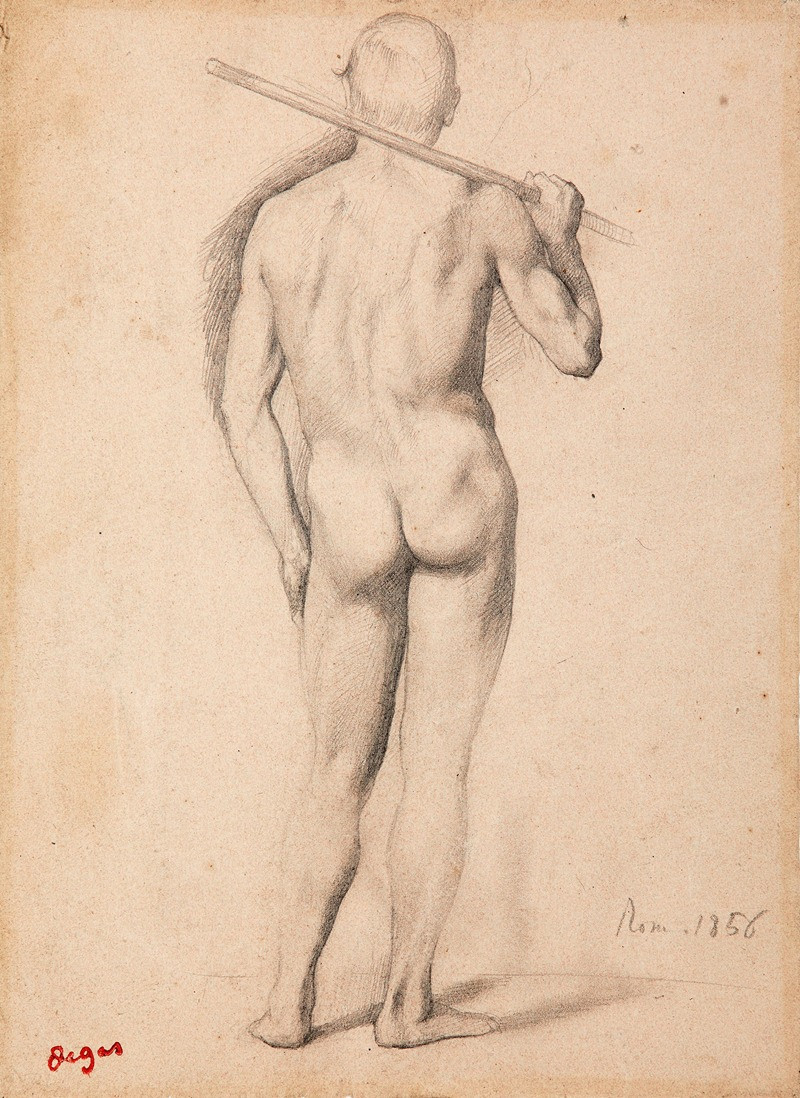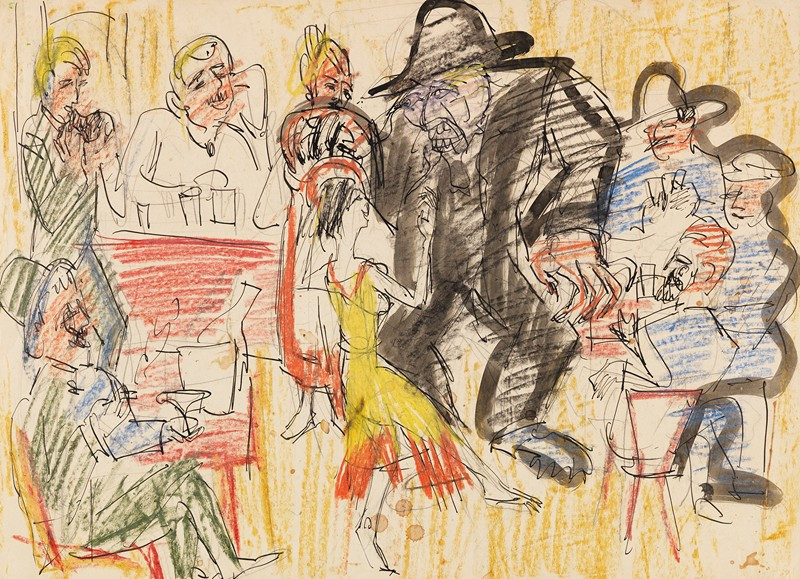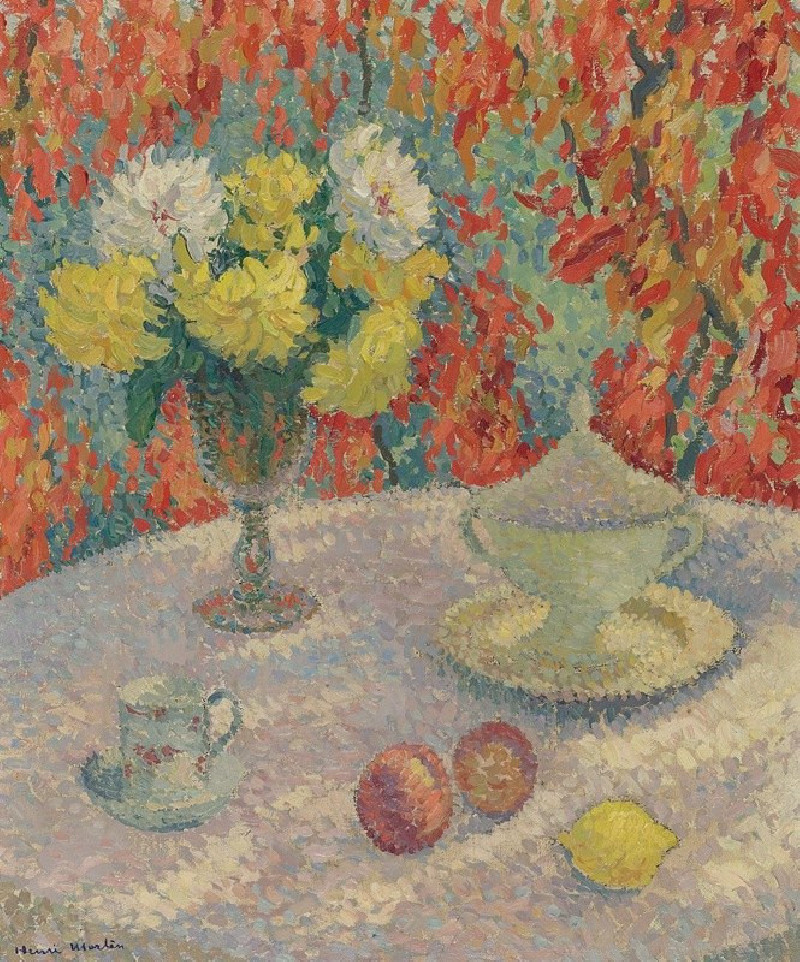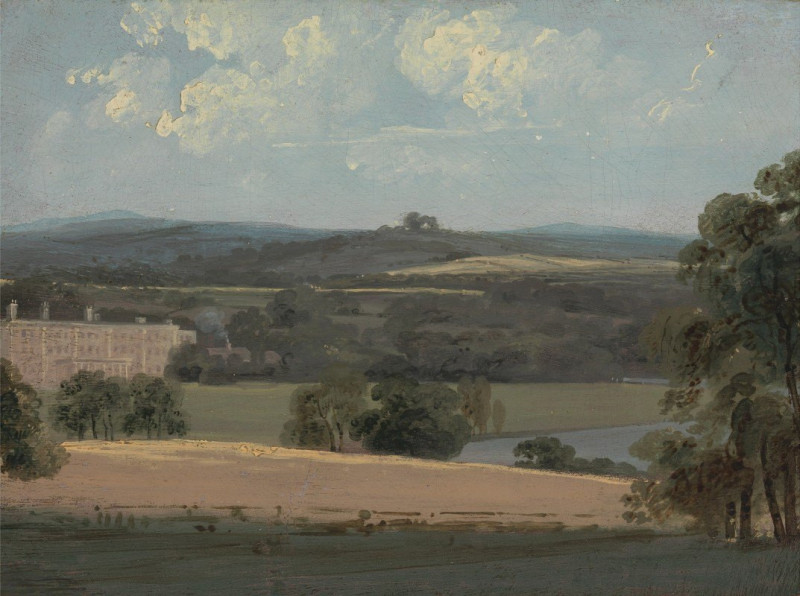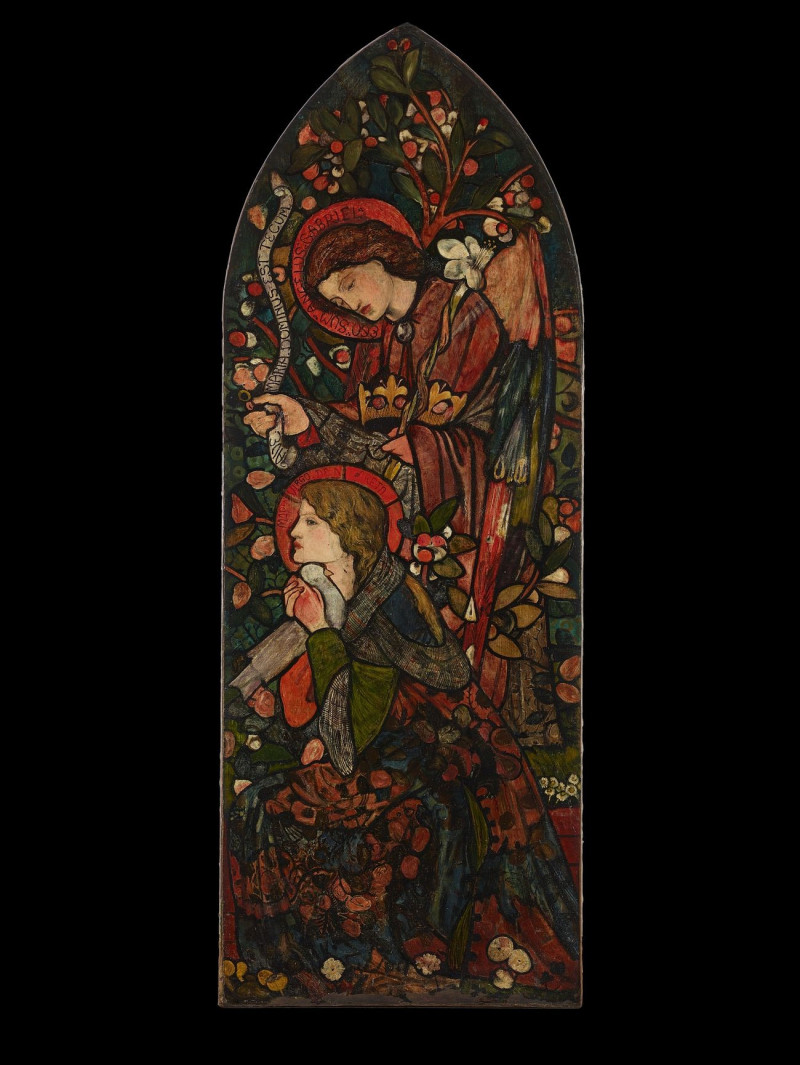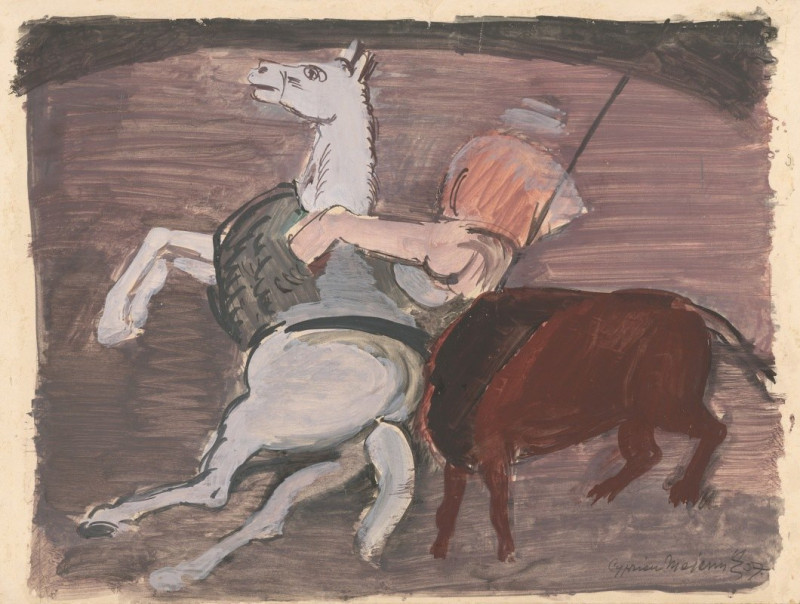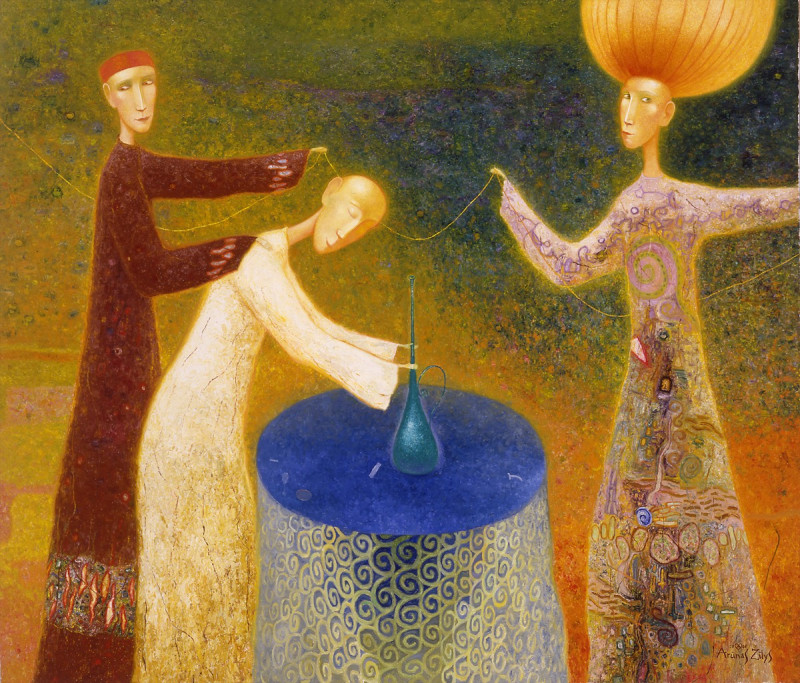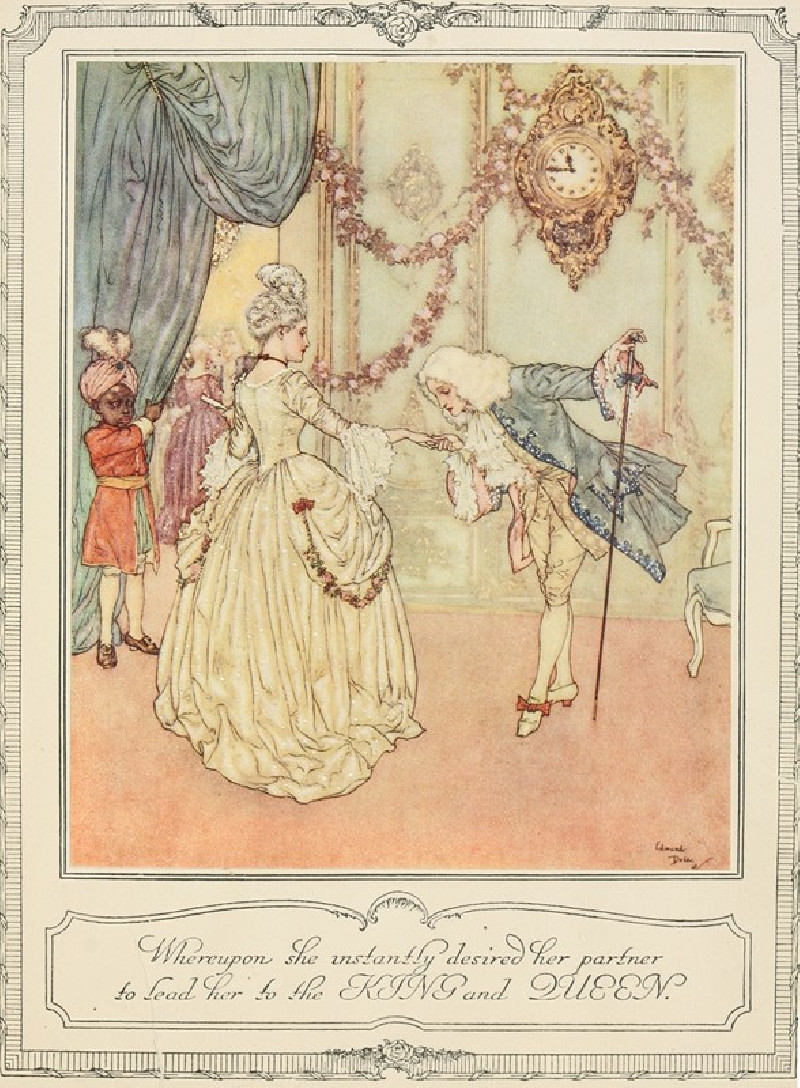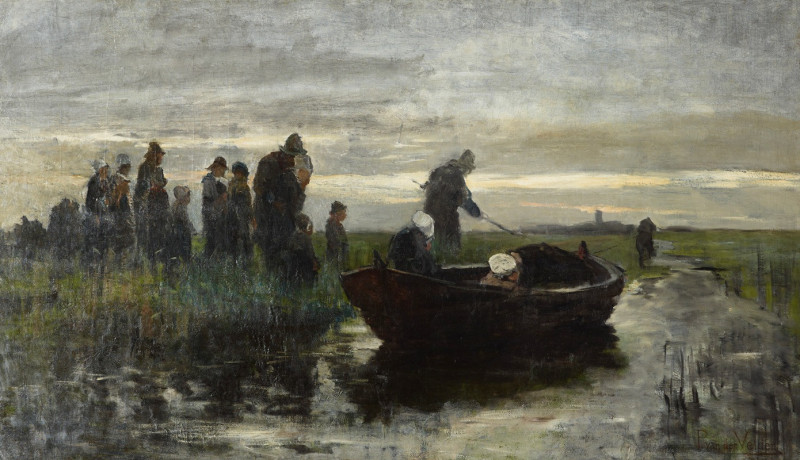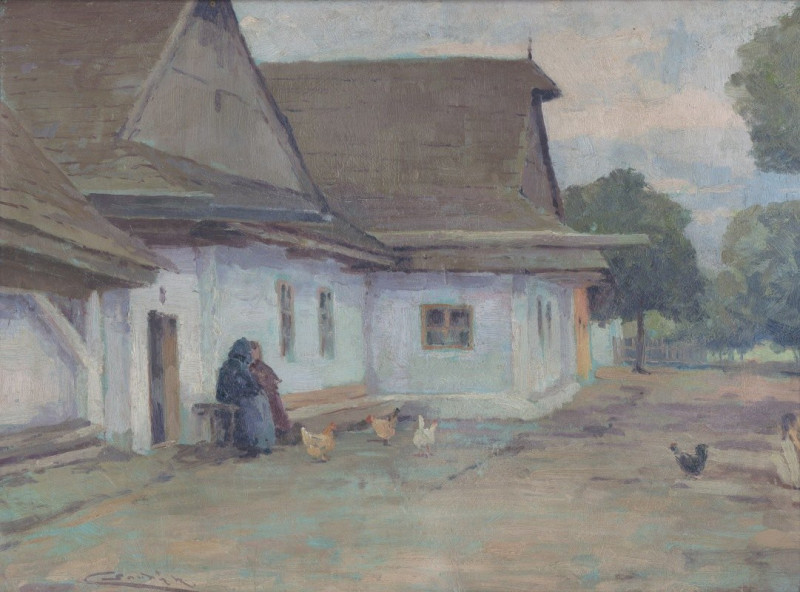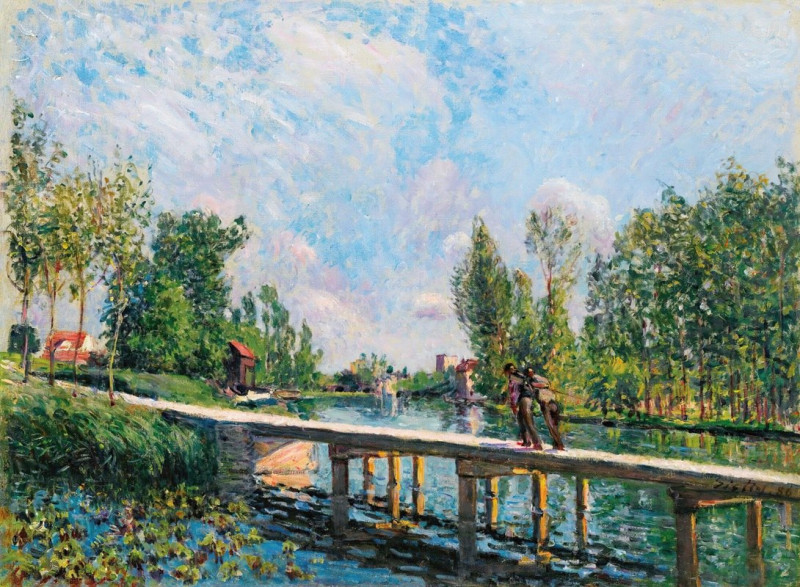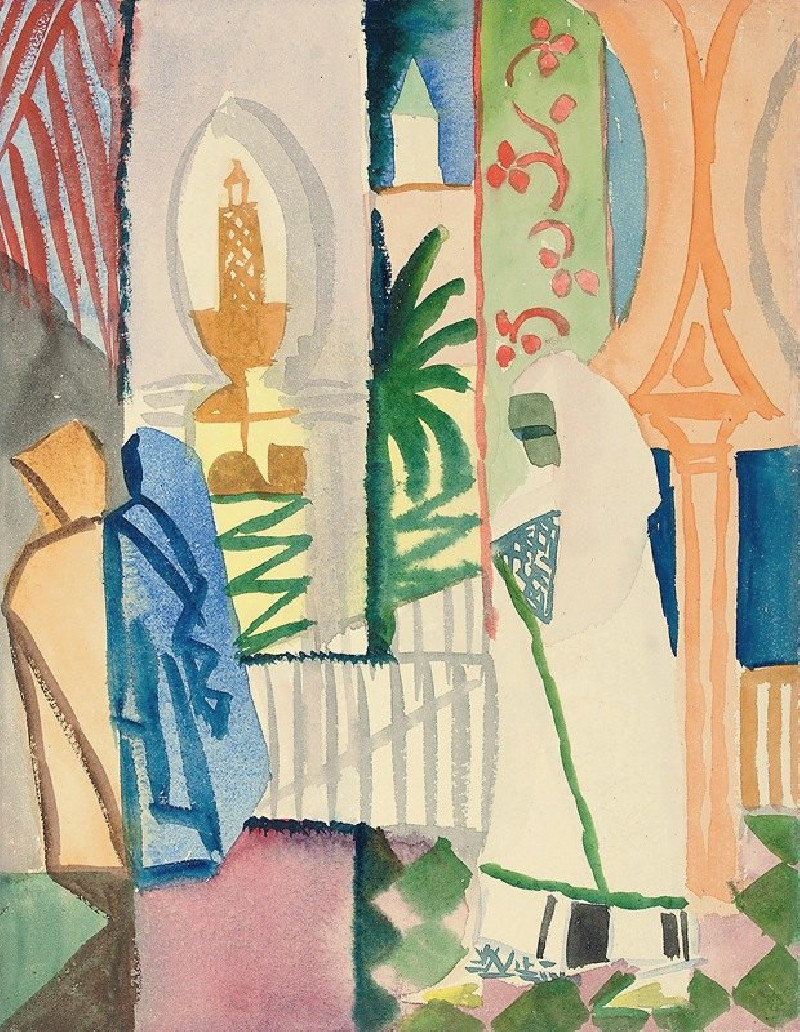Diego Martelli (1879)
Technique: Giclée quality print
Recommended by our customers
More about this artwork
This striking portrayal, entitled "Diego Martelli," crafted by the renowned French artist Edgar Degas in 1879, captures the contemplative essence of the Italian art critic and personal acquaintance of Degas. The artwork is a pastel on paper and stands out for its subdued yet compelling depiction of Martelli.In the painting, Martelli is shown in a thoughtful pose, his gaze downward and slightly to the side, suggesting a moment of intense reflection or perhaps a pause in conversation. The choice of warm brown tones provides a soft background that contrasts subtly with the sharper, darker strokes used to illustrate Martelli’s distinct features. The texture and detailing in his beard and hair are particularly noteworthy, highlighting Degas' meticulous approach and the intimacy of the portrait.This piece not only exemplifies Degas' mastery in using pastels to achieve depth and emotion but also speaks to his interest in the personalities surrounding him, particularly those in the literary and artistic circles.

